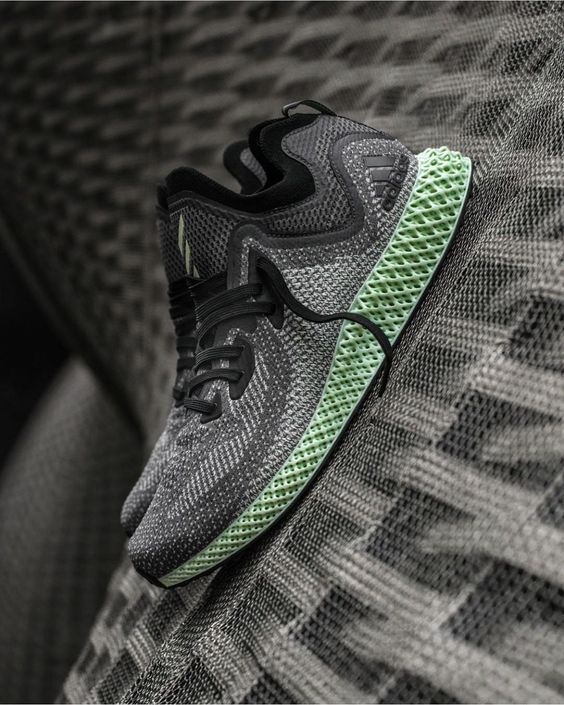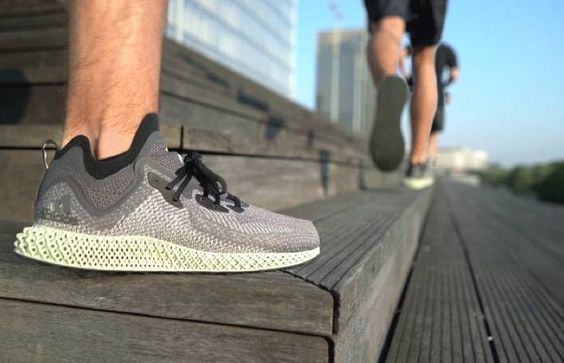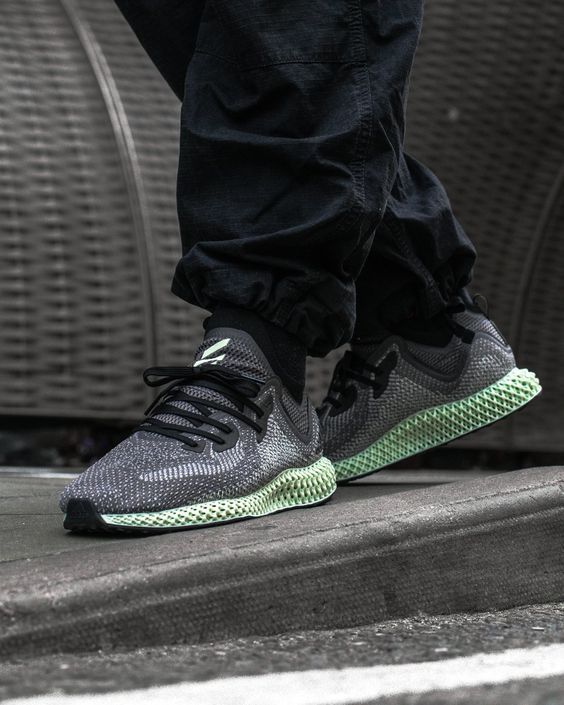German shoemaker Adidas will begin mass-producing a shoe with a 3D-printed sole. The process will allow for more personalized shoes, shaped to an individual’s weight and gait. Adidas is partnering with the 3D-printing startup Carbon to make the printed soles. Carbon has been financed by General Electric and Alphabet’s Google division, as well as big venture capital firms like Sequoia Capital. The shoe will be called “Futurecraft 4D.”
Similar to ultraboost technology that adidas initiated several years ago, Futurecraft 4D executes on comfort and style, just as all sneakers/running shoes should. With the start of hypebeast-related streetwear culture, people needed sneakers that would suit well with their other hype merchandise while meeting expectations on the levels of comfort when worn. Alan describes these as cozy, perfect for a toned down outfit for the weekends.
Futurecraft 4D is Adidas’s first application of the Digital Light Synthesis (a process that uses digital light projection, oxygen-permeable optics and programmable liquid resins to generate high-performance, durable polymeric products), and represents the brand’s step into athlete-data driven design and manufacturing. The liquid plastic outsoles of the shoe can be customized to precisely fit a runner’s foot, a process that would typically take days that Adidas has cut to just hours.
According to Carbon, its “unique programmable resin platform offers unparalleled performance with respect to material durability and elastomeric responsiveness.” Adidas plans to produce 100,000 pairs by end of 2018.
The shoe features a core black Primeknit upper, an 'Ash Green' midsole that is made using a 4D Digital Light Synthesis process and a black rubber outsole.
Adidas is getting serious about turning its 3D-printed concepts into consumer products. Last week, the sportswear giant revealed Futurecraft 4D, a sneaker designed partially with a manufacturing technology called Digital Light Synthesis, which creates 3D objects by mixing light and oxygen with programmable liquid resins. According to Carbon 3D, the Sillicon Valley firm who developed it, this process is capable of making “durable, high-performance” 3D parts, unlike other conventional 3D printing methods. In this particular case, that was used to make and shape the shoe’s midsole, while the upper is made out of Adidas’ Primeknit material.
I’ve been wearing the Futurecraft 4Ds for the better part of a day and the first thing I noticed, aside from the futuristic midsole, was how much more comfortable they are than the 3D Runners I tested a few months ago. That’s likely due to the Digital Light Synthesis materials being more flexible than traditional 3D printing plastic. What Carbon and Adidas came up with feels more like hardened Play-Doh, and you never get the sense that the pieces can break off. This is obviously a good thing since the Futurecraft 4D is designed to be a performance shoe through and through.
I will say they’re definitely not as comfortable as the Adidas NMDs I wore today, which feature a midsole with Boost technology, a soft foamy material that I often say is like a pillow for your feet. Still, the Futurecraft 4Ds look crazy enough that I don’t mind sacrificing a bit of comfort for style. Unfortunately, Adidas only made 300 “friends-and-family” pairs of this particular design, so don’t expect to see many people rocking these. That said, the company does plan to bring a variant of the Futurecraft 4D to retail this fall, although that release will be limited to 5,000 pairs.









没有评论:
发表评论